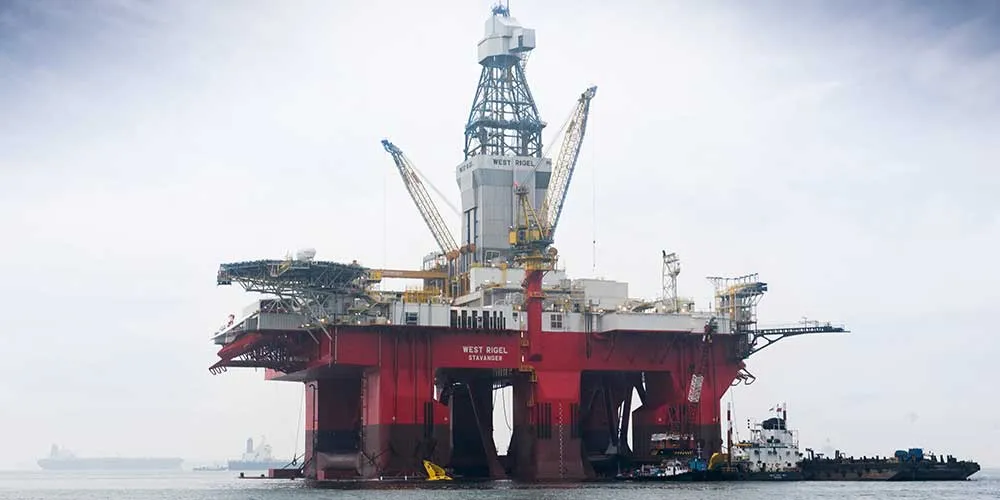Bottom Survey – In-water
Statutory and class regulations require two bottom surveys in a 5-year period to inspect integrity and water tightness of the hull. An in-water bottom survey may replace the traditional drydocking related to these bottom surveys.
DNV has published an Offshore Technical Guidance, DNVGL- OTG-08 Guidance on Bottom Survey, to clarify to owners and Flag State Administrations the conditions for which DNV accept and support in-water bottom survey of Mobile Offshore Units (MOUs) as an alternative to drydocking. The bottom survey of MOU’s may be carried out as an ‘Under water inspections in lieu of drydock’ (UWILD) survey by divers or ROV’s, supervised by a DNV surveyor. An alternative approach by inspection from the inside of the hull may be applicable for units which meet certain criteria. This may in principle be applicable to all units if the ability to fulfil the regulations are met. It will be particularly beneficial for units operating in areas of pour visibility or harsh environment where the traditional in-water survey by diver or ROV is less effective or challenging to carry out. It will also represent a significant opportunity of cost savings for owners.
DNVs approach to UWILD is based on the following elements:
- Inspection of the MOU following the class In-Service Inspection Plan (IIP)
- Acceptance of flag authorities for the UWILD approach
- Survey report clearly stating the accreditation criteria of the bottom survey
- The fulfillment of a set of specific conditions
The alternative approach with inspection from the inside of the hull may be applicable for units which meet given risk assessment criteria. The assumption of a good condition unit, combined with the monitoring of operation and the alternative survey methods shall in sum be adequate to prove that the MODU code bottom survey requirements are met.
The conditions to be fulfilled for DNV to grant acceptance for in-water bottom survey are listed in OTG-08 that can be found here.
The main benefits you will get with Bottom Survey – In-water:
- No need to be in dry dock to be able to perform bottom survey
- Beneficial in areas of pour visibility or harsh environments where the traditional bottom survey by diver or ROV is ineffective and/or difficult to carry out
- Significant cost saving potential
- Can be carried out in combination with other surveys of e.g. tanks
